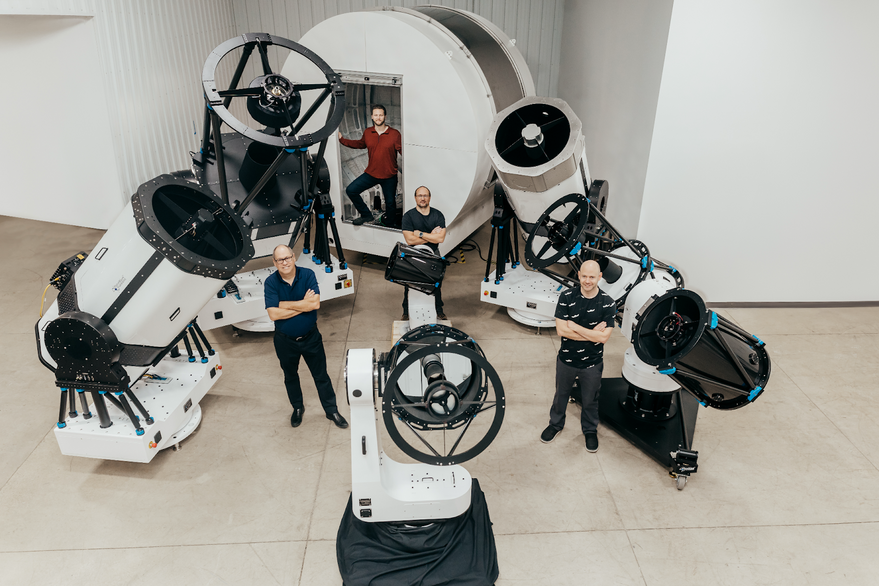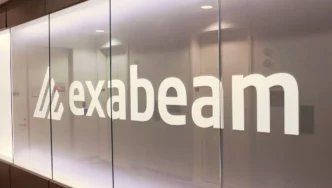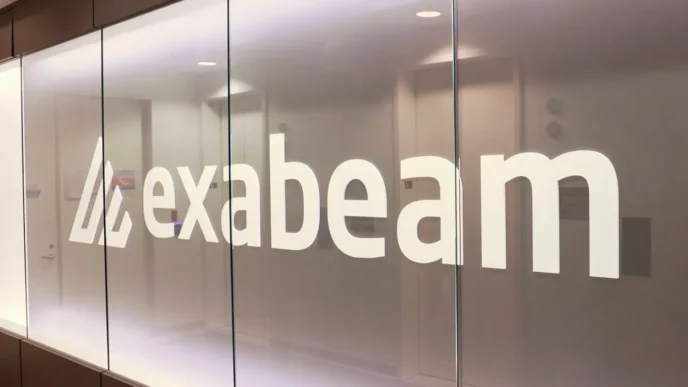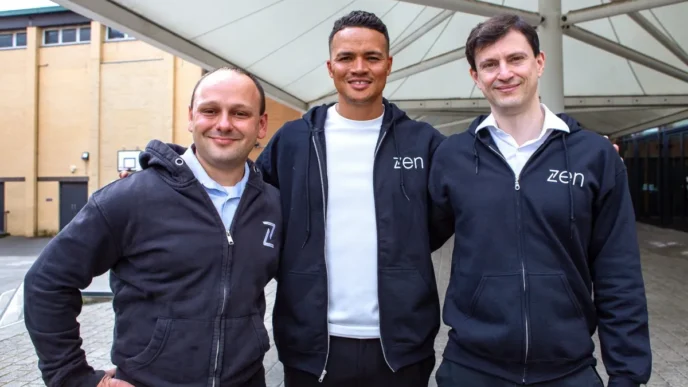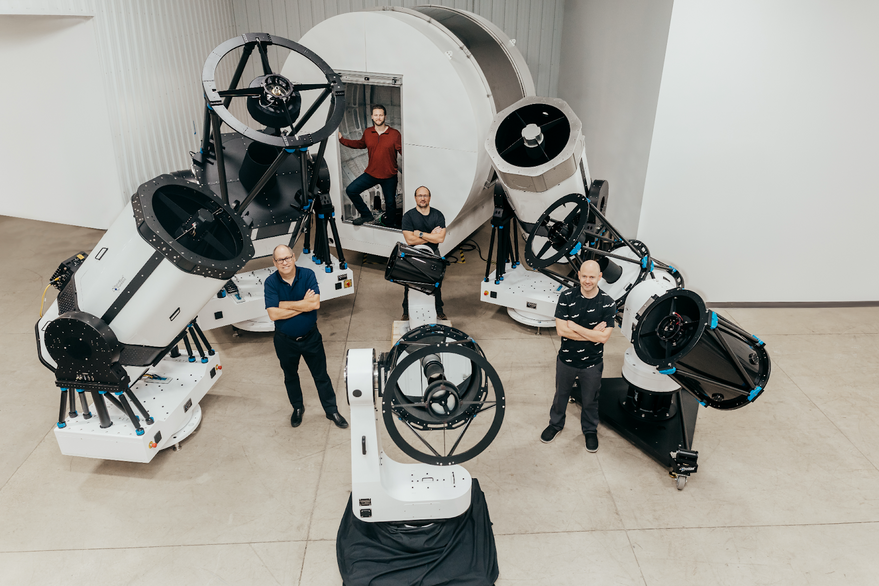
On a clear spring evening in Michigan, the stars aligned — just not in the way Upfront Ventures partner Nick Kim expected. He’d just led a $9.5 million seed round for OurSky, a software platform for space observational data, and was eager to see what its telescope partner PlaneWave Instruments could do. But when they rolled out the telescopes that night at PlaneWave’s manufacturing facility, he was stuck waiting.
“It took them quite a long time to get the first image. I’m talking like, multiple hours. And these are the people who make the telescopes! They were using all this, like, off-the-shelf, open-source software that they kind of cobbled together,” Kim said in an interview with TechCrunch.
Kim wasn’t upset, though. He was excited. “This is why OurSky needed to exist, right? This is the problem,” he remembered thinking. “What a perfect match.”
It was such a good match that, now, OurSky and PlaneWave are merging to create a new company called Observable Space.
OurSky founder Dan Roelker and PlaneWave founder Richard Hedrick say this will make the telescopes easier to use. And they also believe the tighter integration will open up new markets — especially as they leverage their position as the only U.S.-based telescope manufacturer. They already count NASA, the U.S. Space Force, and Georgia State University’s Center for High Angular Resolution Astronomy as customers.
“My dream was to integrate all the components on the telescope, even the parts we don’t sell, and then integrate the control of the telescope,” Hedrick said in an interview. “It was very obvious for us to be working together.”
Roelker, who was SpaceX’s VP of software engineering from 2015 to 2019, said telescope users have to deal with what he called a “mash of integration bullsh–.” PlaneWave’s vertical strategy combined with OurSky’s software will eliminate those headaches, he said.
Solving that integration problem is an opportunity for Observable Space to grow the market, Roelker said. (The platform OurSky has built will continue on in that name, and the telescopes will continue to be sold under the PlaneWave brand.)
That can involve a number of things, like letting users tap multiple telescopes at a single site — or even around the world — to mimic the capabilities of a much larger telescope, or sending communications to and from space via laser, all while lowering cost.
Squeezing more out of his high-quality telescopes sold Hedrick on the merger. It will make the tech more approachable and affordable for enthusiasts and institutions alike.
Hedrick said one of those institutions recently designed someone-meter telescopes and had them custom-built by someone else. “And they were like, ‘God, if you had existed, we never would have done that,’” he said.
Content Coutesy – TechCrunch




